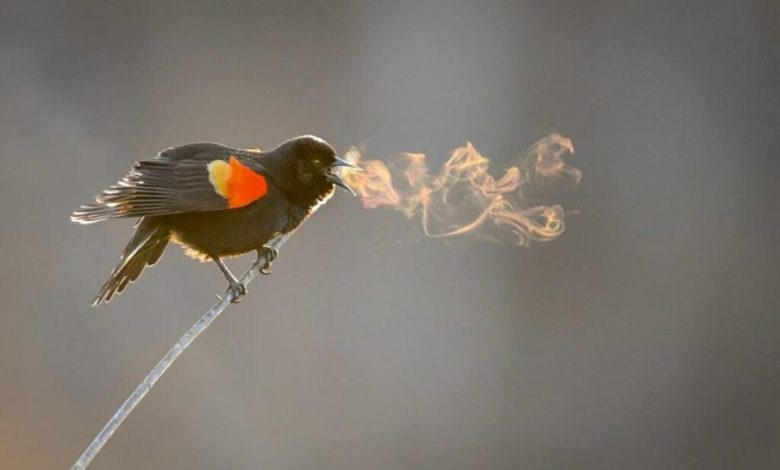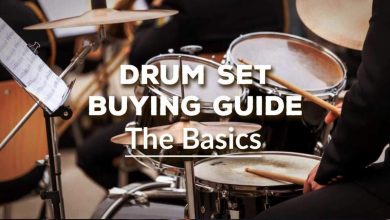The Power of Whistles and Warbles: Communicating with Birds

The Power of Whistles and Warbles: Communicating with Birds
Unveiling the Language of Birds
Have you ever wondered what those melodious whistles and warbles mean when you’re surrounded by a chorus of birdsong? For centuries, humans have marveled at the enchanting sounds produced by our feathered friends. But did you know that birds use their vocal prowess not just to create beautiful music but also to communicate with one another? In this blog post, we will delve into the fascinating world of avian communication and explore the power of whistles and warbles in bird language.
Decoding the Melodies: What Do Bird Whistles and Warbles Mean?
Birds have a repertoire of songs that vary in purpose, including territorial defense, mate attraction, and warning signals. By observing their behavior and vocalizations, researchers have deciphered the meanings behind some of the most common bird sounds. Here are a few examples:
1. Whistles: Whistles are often used by birds to mark their territory or communicate their presence. Each bird species has its unique whistle, enabling them to identify their own kind. These whistles can range from simple, melodic tunes to more complex and intricate patterns.
2. Warbles: Warbles, on the other hand, are more melodic and are usually associated with courtship. Male birds often serenade potential mates with beautiful warbles to showcase their fitness, superiority, and ability to provide for their offspring. These songs can be highly sophisticated and mesmerizing to listen to.
Frequently Asked Questions (FAQs) about Bird Communication
-
Q: How do birds produce sounds?
Birds produce sounds by using a specialized vocal organ known as the syrinx. Located near the base of their trachea, the syrinx allows birds to produce a variety of sounds simultaneously and even mimic other sounds they hear in their environment. -
Q: Can birds understand human whistles?
While birds may respond to certain human whistles for various reasons, they do not necessarily understand them as they would their own species-specific calls. Human whistles may pique a bird’s curiosity or even trigger a response due to their similarity to natural bird sounds. -
Q: How can I attract birds to my backyard?
Attracting birds to your backyard can be a rewarding experience. To do so, create a bird-friendly habitat by providing food sources such as bird feeders and native plants that bear fruits or seeds. Also, ensure a water source like a bird bath and include suitable shelters like birdhouses or trees for nesting. -
Q: Are bird songs learned or innate?
Bird songs are mostly learned. Young birds acquire their songs by listening to and imitating adult birds during a critical period early in their life. Some species also incorporate their own variations into the songs they learn as a way to create unique individual dialects within their populations.
Conclusion
The world of bird communication is truly remarkable. Whistles and warbles form an integral part of this complex language that birds use to convey messages to one another. From marking territories to wooing mates, the power of bird vocalizations is awe-inspiring. So, the next time you find yourself in the presence of a chorus of bird songs, take a moment to appreciate the wealth of communication happening all around you.
Remember to respect and enjoy these beautiful creatures, and perhaps you may even try to develop your own unique whistle to communicate back with them.
Now that you know a little more about the language of birds, isn’t it fascinating how they use whistles and warbles to convey their messages? Keep your ears open the next time you encounter a feathered friend, and listen closely to the melodies they share with you.



